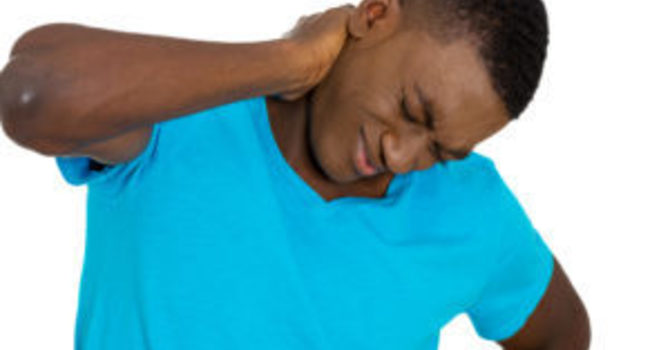
Shoulder Impingement is the most common shoulder pain condition. Often times it’s the first noticeable sign in the self-perpetuating cycle of overuse syndromes which affect the shoulders. This cycle can eventually lead to a rotator cuff tear.
When we reach overhead or when we reach behind our back, the space between the bones that form your shoulder, narrows. The area of concern is only a 10 mm space to begin with, and varies greatly in certain positions. In that space lives a bursa (fluid filled sac which acts as a cushion) along with the most commonly injured tendon of the rotator cuff (supraspinatus tendon).
Since the space narrows when the shoulder is flexed (as in reaching overhead) or when the arm turns in (as in when you reach behind your back), shoulder impingement can develop when these movements are done repeatedly. For that reason, shoulder impingement is of special concern for athletes who play overhead sports like baseball, golf, and tennis, or within professions which require awkward reaching postures such as electrician, plumber, or carpenter.
100% of people suffering from shoulder impingement also have abnormal motion/coordination of the shoulder blade (aka scapular dyskinesis). Therefore, abnormal motion of the shoulder blade likely precedes the development of shoulder impingement.
The shoulder blade and arm, form a shallow ball and socket joint like a golf ball on a tee. In order for this ball and socket joint to stay centered during shoulder movements, all 17 muscles which attach to the shoulder blade must work well. Otherwise, shoulder impingement is likely to occur.
Slouched posture, previous injury, and repetitive arm and shoulder work are risk factors for developing shoulder impingement.
The downward spiral starts with abnormal movement of the shoulder blade (scapular dyskinesis) and turns into shoulder impingement, which is usually when a symptom like pain first appears. Shoulder impingement can then lead to:
- Bursitis
- Bicep tendinitis and tendinosis
- Rotator cuff tendinitis and tendinosis
- Rotator cuff tear
The Litmus test for when you should stop activity and seek help for shoulder impingement, is when you begin to experience impingement even while practicing good upright posture. However, abnormal shoulder blade movement (scapular dyskinesis), which precedes impingement, can be screened out with a physical exam even before symptoms of shoulder impingement ensue.
If you’re concerned about your shoulder symptoms, we’re here to help! Book your initial appointment to get out of pain today 561-318-8070
©CenterForMusculoskeletalFunction2017







